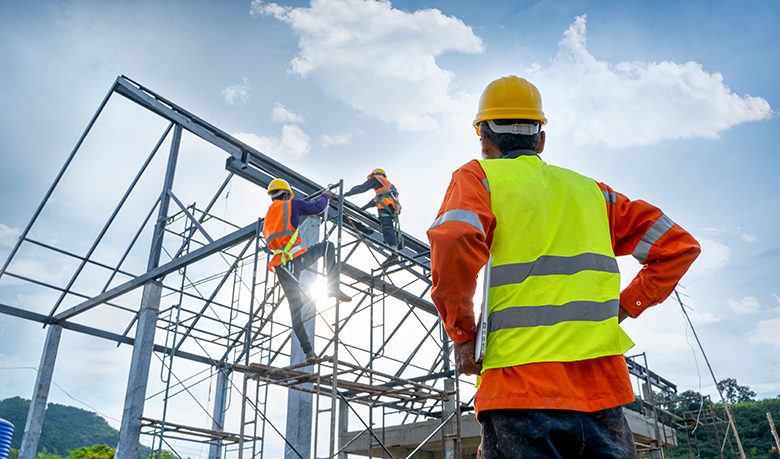The latest issue of Occupational Health & Safety magazine is focused on working at heights. And with good reason—it’s one of OSHA’s Fatal Four types of injuries in construction, and overall, it’s the second-largest cause of workplace deaths in the United States.
And it’s not just falling from heights that can cause injuries, fatalities and operational slowdowns. As Matthew Hall points out in his article in OH&S, “According to the U.S. Bureau of Labor Statistics, a dropped-object injury occurs every ten minutes on average. Plus, even if no one is struck by falling objects, retrieving tools that have fallen can lead to frustrating production delays.”
Matthew argues that in order to cut down on the number of incidents related to working at heights, safety professionals need to get serious about managing human factors. That’s because when people work at heights, they have very little margin for error. And because human factors can sway the risk of an incident occurring, a worksite’s ability to mitigate the effects of human factors can make the difference between whether or not someone gets seriously hurt.
As Matthew says: “For people working at heights, the ability to contend with fatigue, distraction and other human factors is very often the difference between needing to rely on a fall arrest harness or not—that is, if they remembered to wear a fall harness in the first place.”
If there’s one takeaway from this article, it’s that addressing the dangers of human factors is important in any workplace setting, but it’s especially necessary for employees who are working at an elevation. Matthew contends that:
For people who are working at heights, effectively managing human factors can have a doubly positive effect. First, managing these factors can halt the slide into full-blown complacency. Secondly, it can help mitigate the additional dangers posed by human factors, no matter what degree of complacency and risk normalization has set in.
Fortunately, there are several steps that can be taken to effectively deal with human factors for workers who spend most of their day up high. Read the entire article to learn more about the case for managing human factors at heights.

